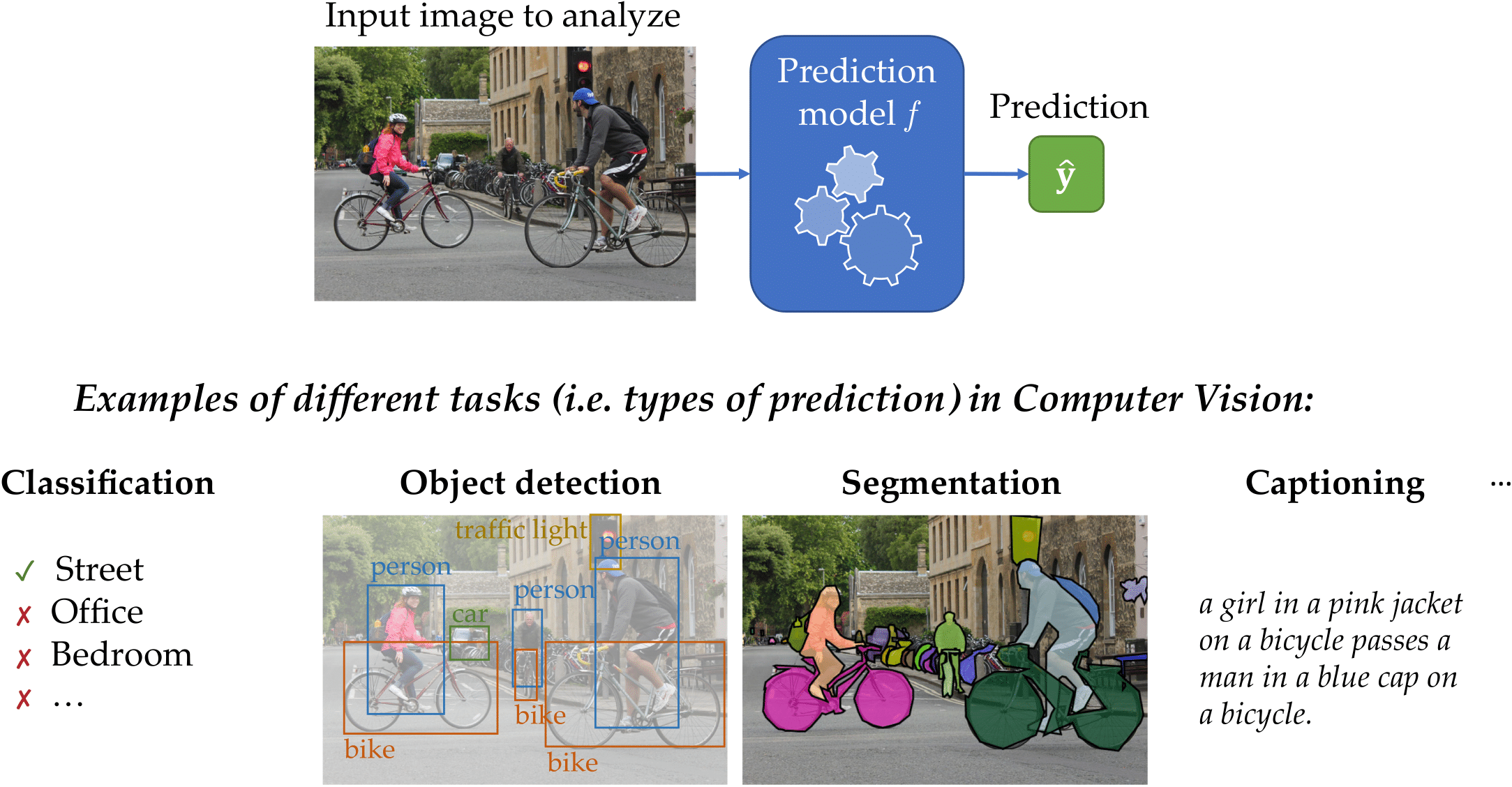DualDis: Dual-Branch Disentangling with Adversarial Learning
In computer vision, disentangling techniques aim at improving latent representations of images by modeling factors of variation. In this paper, we propose DualDis, a new auto-encoder-based framework that disentangles and linearizes class and attribute information. This is achieved thanks to a two-branch architecture forcing the separation of the two kinds of information, accompanied by a decoder for image reconstruction and generation. To effectively separate the information, we propose to use a combination of regular and adversarial classifiers to guide the two branches in specializing for class and attribute information respectively. We also investigate the possibility of using semi-supervised learning for an effective disentangling even using few labels. We leverage the linearization property of the latent spaces for semantic image editing and generation of new images. We validate our approach on CelebA, Yale-B and NORB by measuring the efficiency of information separation via classification metrics, visual image manipulation and data augmentation.
PDF Abstract


 CelebA
CelebA